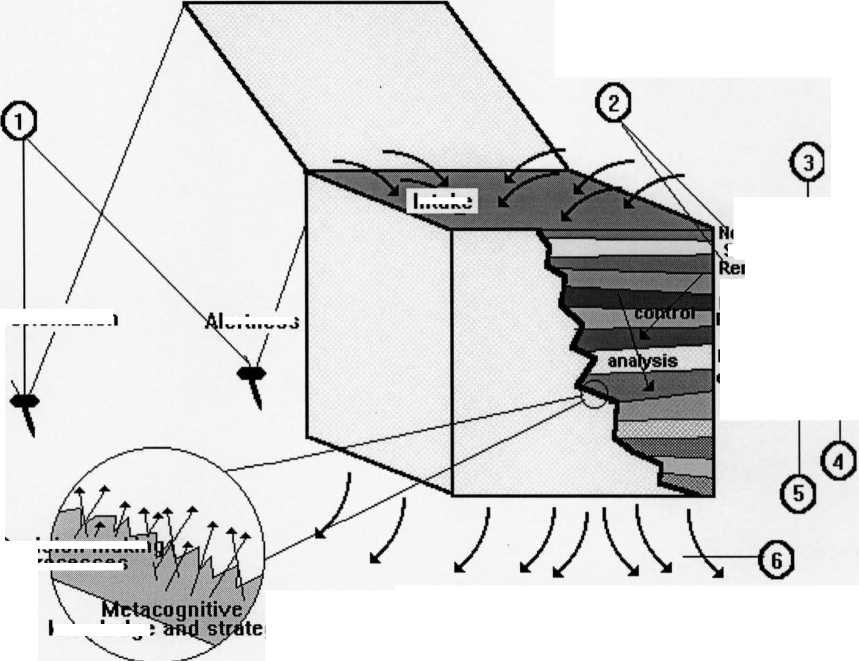Fig. 7.3. The six stages of self-directed learning
The rationale for the way I explained the learners the process of self-directed
learning can be found in the cognitive model of self-direction I put forward in Chapter 4.
The reader will remember the awareness box, Figure 4.3 (p. 91), and the way alertness
and orientation are the elements that keep the box open. These two elements correspond
to stage 1 in Fig. 7.3. Step 2 to 5 are the different layers inside the box. These layers
represent the different cognitive steps the learner has to carry out in order to Ieam
anything of the target language. Stage 6, use, corresponds to the production of the
language, which is the achievement of the learning goal. As the reader will notice,
Figure 7.4 is based on Fig. 4.3 (p. 91). In this figure, I have included the six stages I
divided the process in, in order to make it manageable for the learners.
Linguistic input

ntake
ertness
etc.
Linguistic goal
Fig. 7.4 Cognitive model of self-directed learning and the six stages of operationalisation
Orientation
oticing
Structuring
noticing
Restructuring
Practising
Renoticing
Restructuring
Practising
Decisionmakin
prqcesses
knowledge
As I see it, the content of this session was very important because it served two
purposes. On the one hand, it gave the learners a model for analysing their processes and,
195
More intriguing information
1. The name is absent2. Evaluating the Impact of Health Programmes
3. An Attempt to 2
4. The name is absent
5. La mobilité de la main-d'œuvre en Europe : le rôle des caractéristiques individuelles et de l'hétérogénéité entre pays
6. Creating a 2000 IES-LFS Database in Stata
7. Altruism with Social Roots: An Emerging Literature
8. The name is absent
9. AGRIBUSINESS EXECUTIVE EDUCATION AND KNOWLEDGE EXCHANGE: NEW MECHANISMS OF KNOWLEDGE MANAGEMENT INVOLVING THE UNIVERSITY, PRIVATE FIRM STAKEHOLDERS AND PUBLIC SECTOR
10. International Financial Integration*